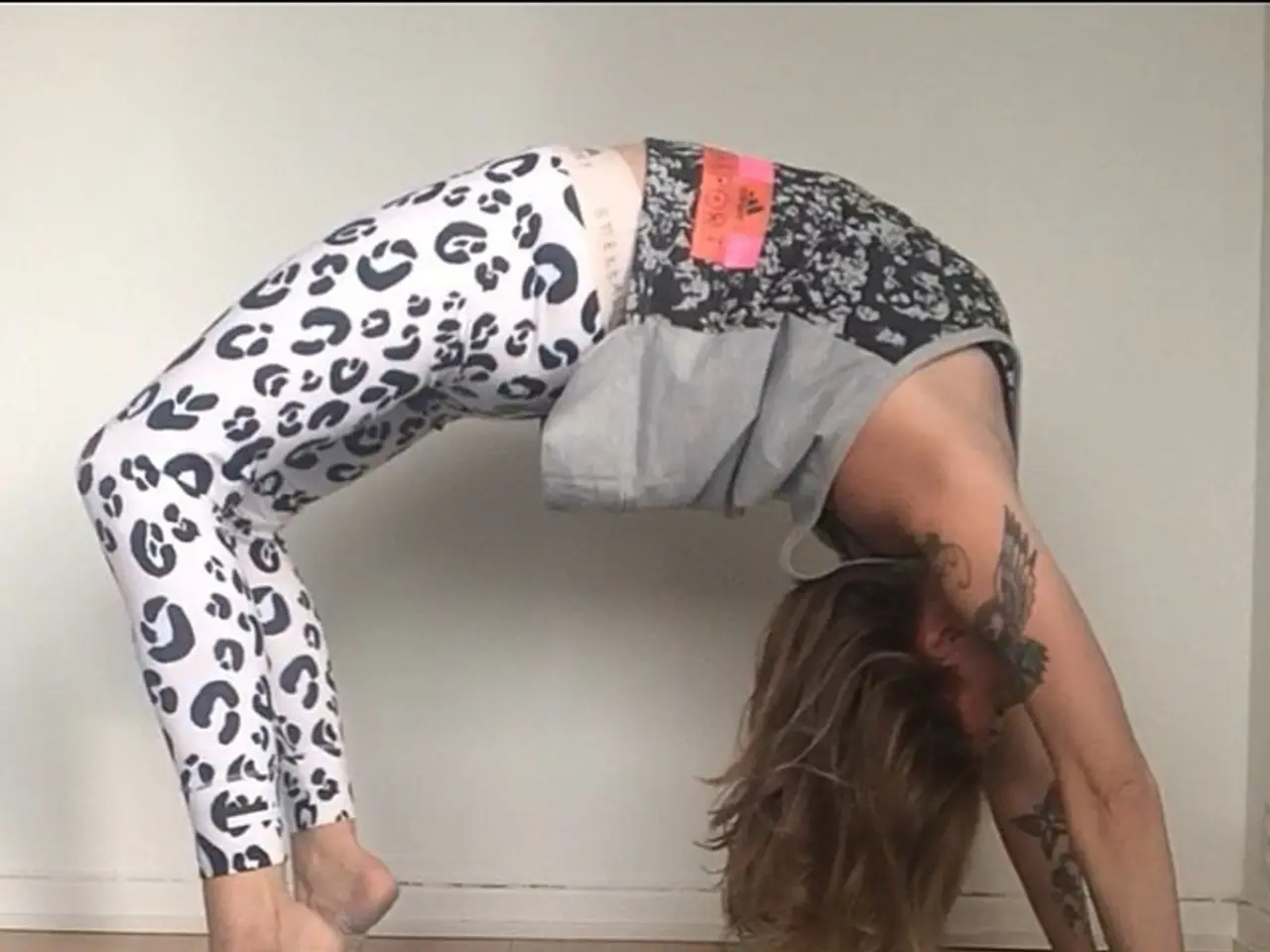Steps to Follow After Finishing Yoga Teacher Training: Crucial Steps to Remember (9 in Total)
Starting your journey as a yoga teacher in the UK can be an exciting and rewarding experience. Here's a step-by-step guide to help you navigate the process.
Getting Insured
As a newly qualified yoga teacher, it's essential to protect yourself with the right insurance. The best insurance package generally includes public liability and professional indemnity insurance as core covers. These insurances protect you against claims by third parties for injuries or property damage caused by your actions during yoga sessions, and against claims related to professional advice or instruction, respectively.
Optional add-ons include equipment insurance to cover loss, theft, or damage to essential yoga equipment, employers’ liability insurance if you hire other teachers or staff, personal accident insurance in case of injury while teaching or practicing yoga, and product liability insurance if you sell yoga-related products.
A comprehensive yoga teacher insurance policy typically bundles public liability and professional indemnity as standard, with these optional add-ons available to customize coverage according to your needs and teaching settings.
Preparing Your CV and Cover Letter
Once you're insured, the next step is to prepare a yoga teacher CV and cover letter. Your CV should include contact information, a personal summary, qualifications, yoga or other relevant work experience, education, hobbies and interests outside of yoga, and references.
Your cover letter should be specific to the job you are applying for and is a chance to elaborate on what you have mentioned in your CV and relate your experience to the specific job description and employer.
Finding an Assisting Role
Approaching a studio or teacher yourself and asking if they would be willing for you to assist in one of their classes is the best way to find an assisting role. Assisting is usually done on a voluntary basis, but it is an opportunity to learn from more experienced teachers, observe their teaching methods, and gain valuable tips. Being a yoga assistant is a great way to gain experience in a 'real' yoga class setting, before teaching a class yourself.
Networking and Finding Job Opportunities
Networking can also be a great way to learn from other more experienced yoga teachers to help you become a successful yoga teacher yourself! Some ways to network after yoga teacher training are attending yoga classes yourself, attending yoga-related events in your area, and joining online yoga communities. Yoga-related Facebook groups can also be joined for opportunities such as jobs, cover opportunities, events, and general yoga-related discussions.
Following local teachers and studios, liking and commenting on their posts, or direct messaging them are ways to start making connections on social media. Social media is a great way to get known in the yoga industry after yoga instructor training.
Deciding Your Teaching Style and Location
Deciding this will help the rest of the process of becoming a yoga teacher a lot easier. Consider what style of yoga you want to teach and where you want to teach. This could be in a studio, online, at retreats, or workshops. After deciding on these factors, it is important to decide on your rates for your classes if you are wanting to work on a freelance basis.
Continuing Your Education
Continuing your education is important for personal and professional development as a yoga teacher. Additional fitness qualifications such as Nutrition, Personal Training, or Lower Back Pain Management can enhance a yoga teaching career. Taking a Level 4 yoga teacher training course builds on what was learned in a Level 3 course and allows specialization in one of four types of yoga.
Maintaining Your Practice
Lastly, maintaining your own self-practice is important to keep up physical skills, creativity, confidence, avoid burnout, and remind you of what it is like to be a student.
[1] Yoga Alliance UK
[3] Insure4Sport
[5] Bought By Many
- To maintain your fitness and enhance your yoga teaching career, consider pursuing additional education in fields like Nutrition, Personal Training, or Lower Back Pain Management.
- For career development, networking with other yoga teachers can provide invaluable insights. Attend yoga classes, events, and join online communities for opportunities and discussions.
- In the early stages of your yoga teaching career, consider finding an assisting role at a local studio to learn from experienced teachers and observe their teaching methods.




